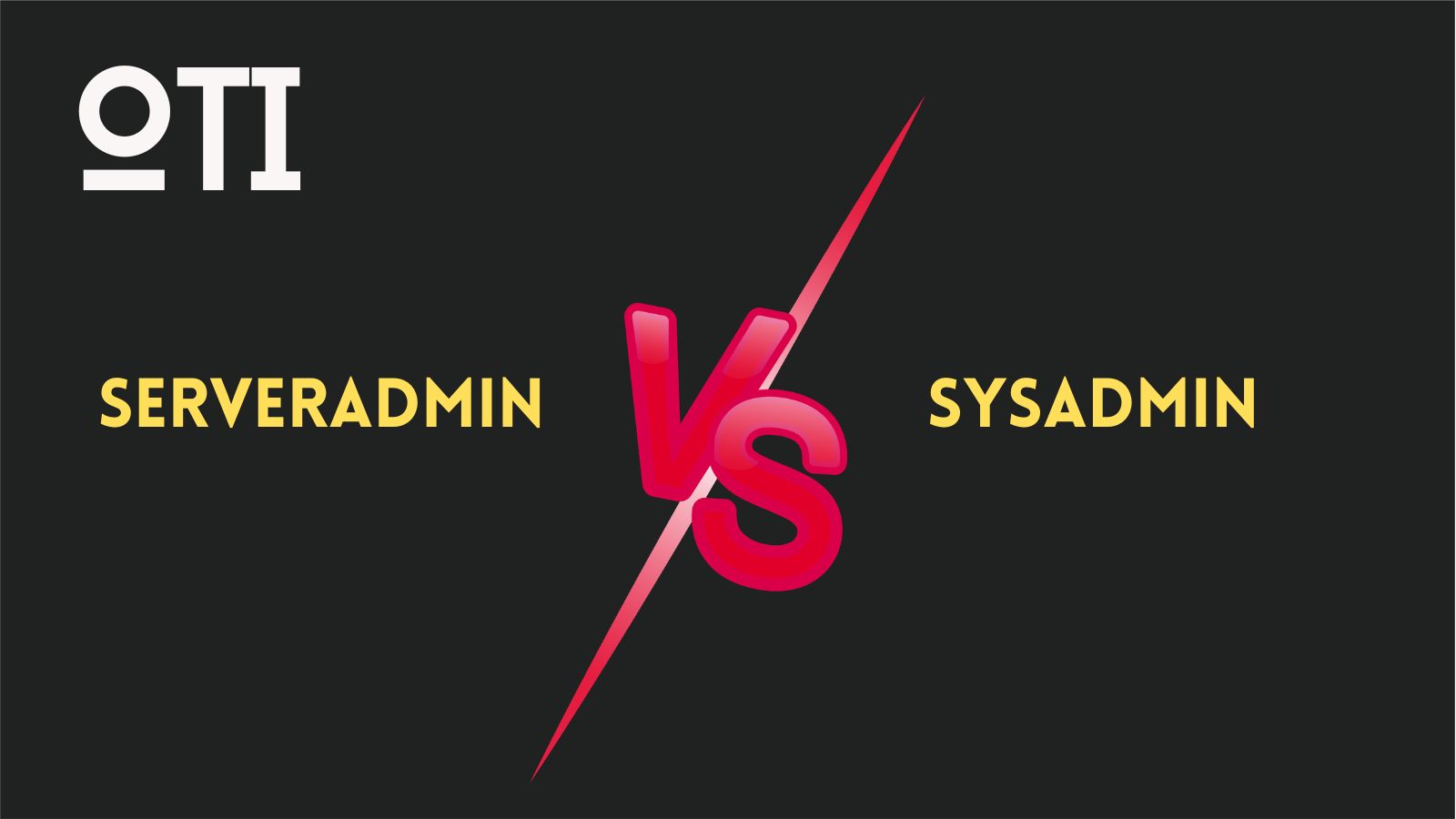Introduction
Managing a SQL Server environment involves various roles and responsibilities. Two key roles in this context are the “serveradmin” and “sysadmin” (System Administrator). Recently one of my friend was asked this question in an interview. In this blog post, we will explore the differences between these roles, shedding light on what each entails.
serveradmin
A serveradmin is a role in SQL Server that focuses on managing the SQL Server instance itself. Here are some key points to understand about Server Admins:
- Server-level Role: Think of a Server Admin as the guardian of the SQL Server fortress. They have authority over the entire SQL Server instance, but their powers are confined within those virtual walls. They don’t have control over the underlying operating system or hardware where SQL Server resides.
- Limited Scope: Server Admins wield their authority within SQL Server. They can’t, for example, mess with the server’s operating system settings or fiddle with the hardware. Their playground is strictly the SQL Server instance.
- Permissions: Server Admins can do a lot within SQL Server. They can configure server settings, create and manage logins, and tweak server-level properties. They are also responsible for managing SQL Server Agent jobs and other server-level features.
Example Scenario: Imagine a Server Admin as the keeper of the SQL Server keys. They ensure the SQL Server instance runs smoothly, manage security at the server level, and adjust server-wide settings.
sysadmin (System Administrator)
The sysadmin, on the other hand, is a heavyweight role in SQL Server. Here’s what you need to know about Sysadmins:
- Database Role: Sysadmin is a powerful role, and it’s not just limited to SQL Server; it encompasses the entire SQL Server environment, including the Windows operating system where SQL Server resides.
- Full Control: Sysadmins are the supreme rulers of the SQL Server realm. They have ultimate control over everything, from the SQL Server instance to the underlying Windows operating system. This means they can perform any administrative task, including managing SQL Server instances, starting and stopping services, and even accessing the file system.
- Responsibilities: Sysadmins have a broad spectrum of responsibilities. They handle server provisioning, fine-tuning performance, implementing backup and recovery strategies, and ensuring high availability.
Example Scenario: Think of a sysadmin as the master of all trades in the SQL Server world. They are responsible for the entire SQL Server environment, from its birth during provisioning to its daily care and maintenance.
Conclusion
In the world of SQL Server management, understanding the distinctions between roles like Server Admin and Sysadmin is crucial. Server Admins focus on the SQL Server instance, whereas Sysadmins have dominion over both SQL Server and the underlying operating system. Both roles are vital for maintaining a healthy and efficient SQL Server environment, with Sysadmins shouldering a broader range of responsibilities and wielding more extensive permissions.
